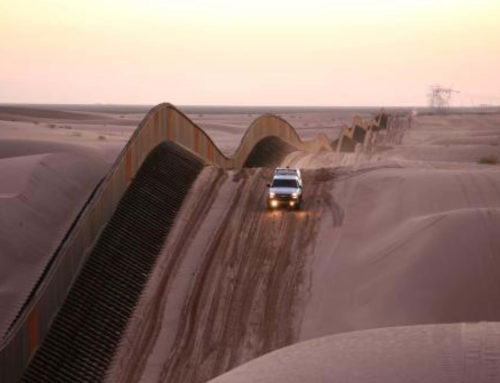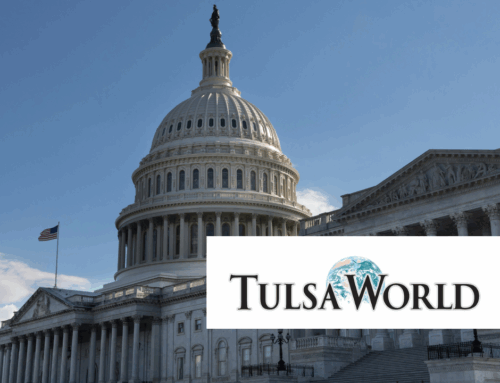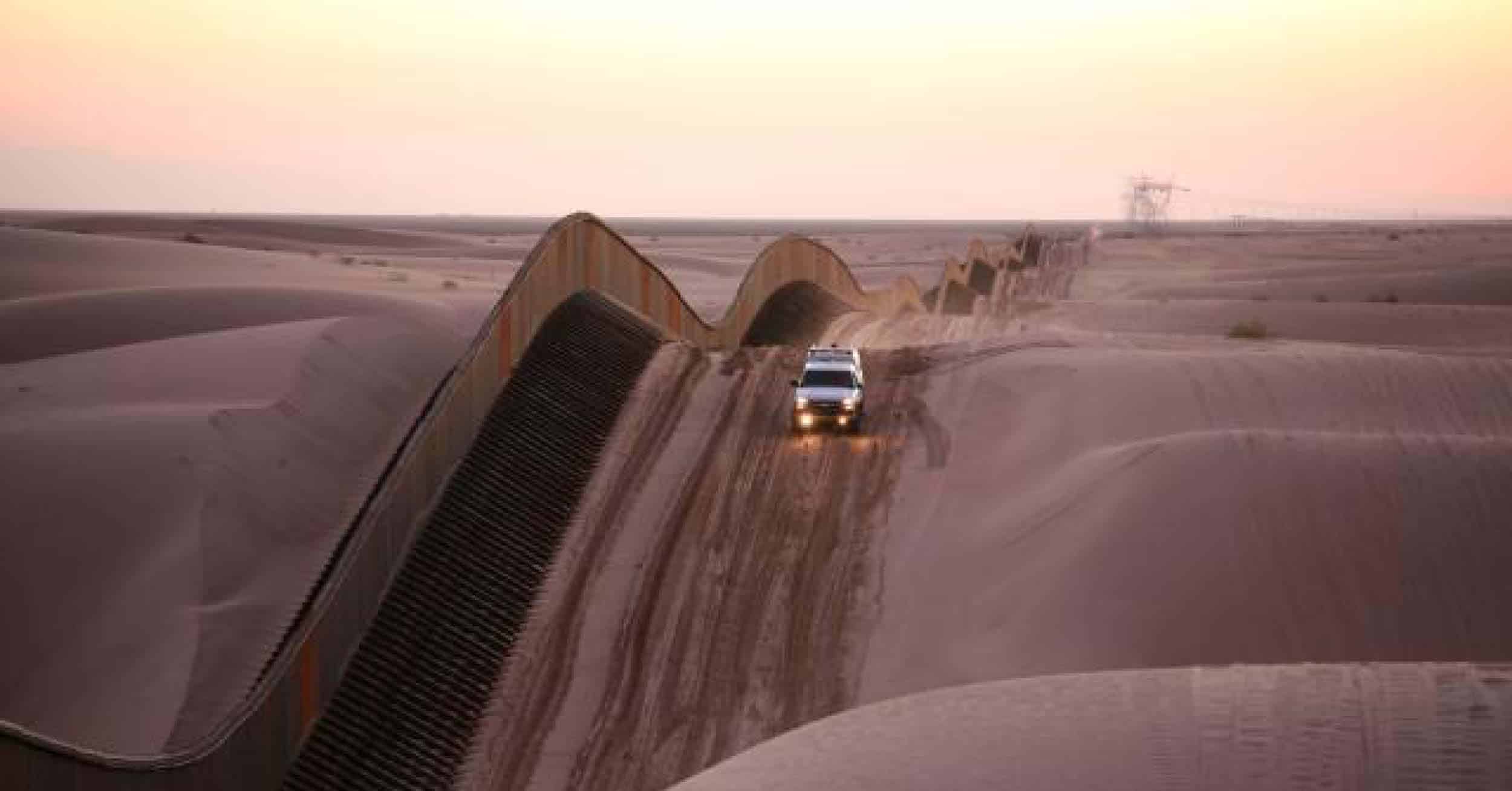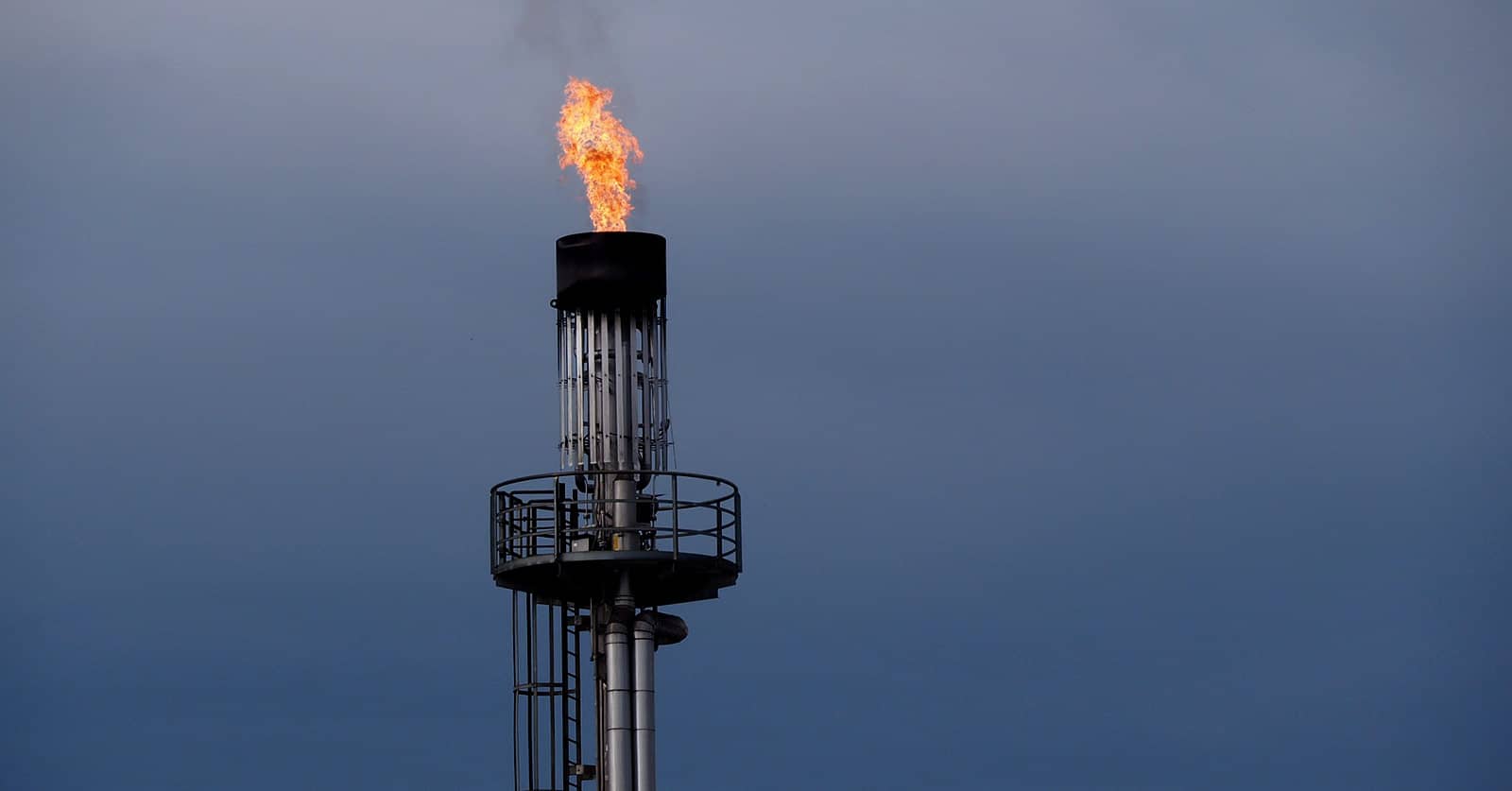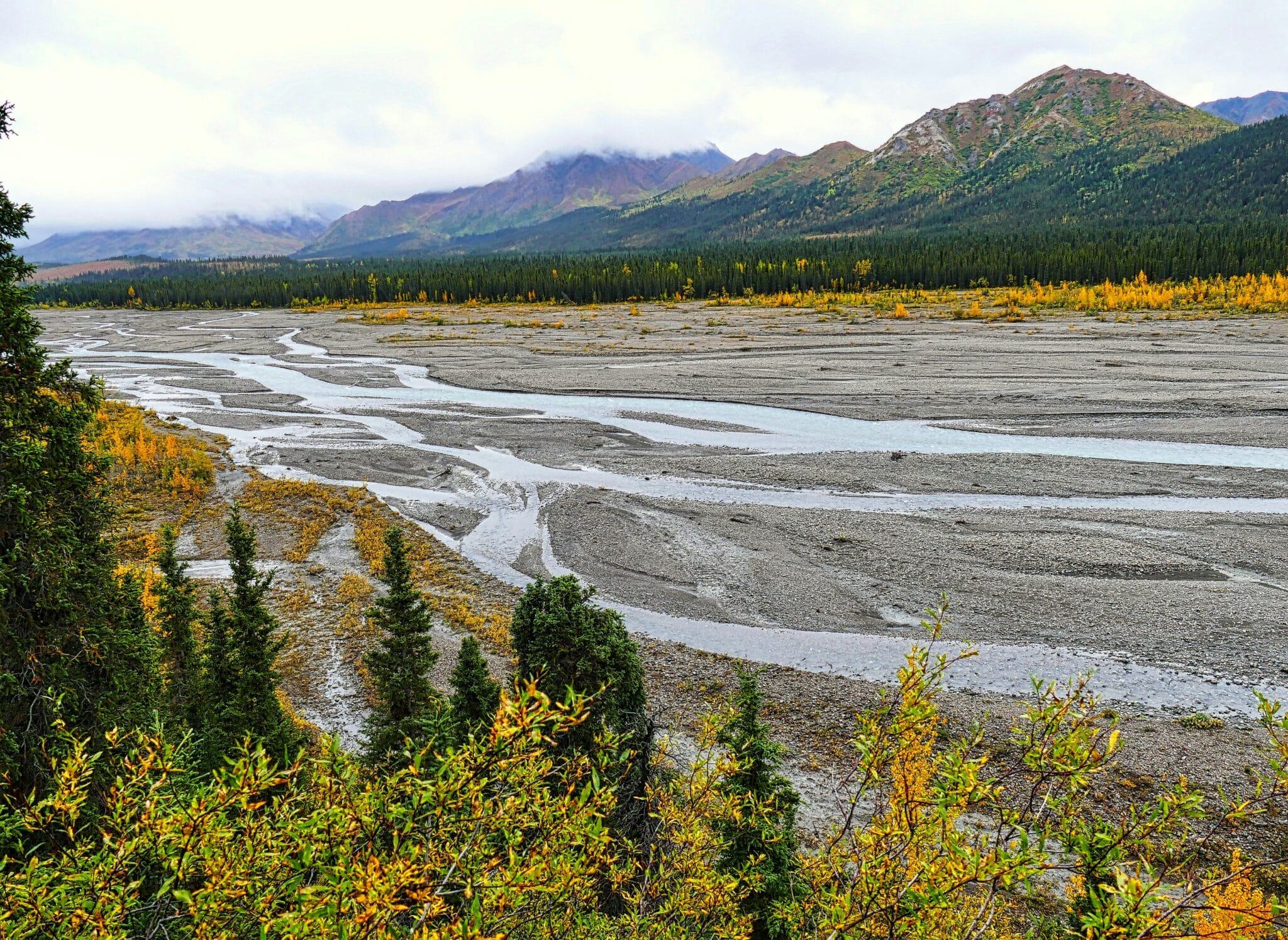Earlier this week, our attention was pointed to a new earmark policy released by the Alaska Department of Transportation and Public Facilities (DOT&PF). This policy is a sensible reaction to the massive influx of earmarked dollars flowing into the states, and should be applauded as a hallmark in how other states can handle these issues.
This new policy was developed under the guise that AK DOT&PF is responsible for “ensuring that federal-aid projects comply with federal laws and regulations” and that federal law would require that they “reimburse the federal government if problems are found on federally funded projects,” including failure to complete a project. Therefore, they conclude that Alaska “has a fiduciary responsibility to require that earmark funded projects do not lead to financial obligations to the state” and AK DOT&PF will inform congressional staff and sponsors of funding problems for earmarked projects that are “non-prioritized, non-traditional.”
Among other requirements, AK DOT&PF now requires that additional funding necessary to complete the project be identified before the earmarked dollars are spent. If the conditions established by DOT&PF are not met, it will inform the earmark recipient and the congressional sponsor, and outline “the problems and actions necessary in order for the project to move forward and clearly stating if these conditions are not met, the project will not proceed.”
One of the biggest problems with earmarks is that they often represent a tiny down payment on a much larger project, and often the rest of the funding is neither available nor anticipated. In these cases, the small earmarked amount simply serves to keep a project on life support in the hopes that funds will be identified in the future. This spreads far too wide the resources of an already overextended transportation program. Our dollars should be targeted on the highest-priority projects that will have the greatest impact on system efficiency, congestion reduction, and safety improvements.
We asked Jeffery Ottesen, the Division Director of the Statewide Planning Division of the Alaska DOT&PF, about the policy. According to Ottesen, AK DOT&PF recognizes that this policy may require the state to leave money on the table, since it can’t be used for other purposes unless Congress reprograms the funds, and that it’s still a win for the state even if this is the case.
Ottesen believes the unique nature of transportation challenges in Alaska, where many communities are only accessible by air, for example, place pressure on the state’s lawmakers to earmark small amounts for a larger number of very expensive projects, even if only a few residents would use the proposed roads and the funds to actually build these roads will never be found.
He writes:
“In other words, I think we understand the desire for these new roads and the pressure behind them, but have found ourselves in a role of having to serve as a “gate keeper” since the state is ultimately fiscally responsible for repaying federal funds, if they are spent on projects that are never completed. Ironically, this fiscal responsibility setting including fiscal constraint and time trap rules, are a part of the Congressionally established rules we are required to operate within.” (end quote)
This does beg how the state will handle funds flowing to the Knik Arm bridge connecting Anchorage to the sparsely populated Mat-Su Borough, another pie-in-the-sky proposal that will cost $1.5 billion to build. The state has already spent $45 million on staffing and studies, and continues to spend $5 million each year. It’s nearly impossible to see how this project will be privately funded, as has been proposed, and barring that, there is no other funding source that could be reasonably identified to build this project. One hopes that this new policy will help cooler heads prevail on the Knik Arm bridge as well, and help state official recognize the risks in continuing to spend millions on a project that is unlikely to be built.


